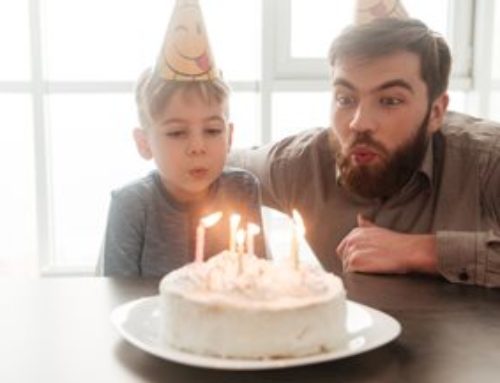Inside Out, the latest movie from Disney/Pixar, is one of the best-reviewed movies of the summer. After seeing it with my kids, it’s easy to see why it’s received so many accolades. It’s a visually captivating film that is both funny and heartfelt. As a psychologist, I see that it can provide special value to families by creating a common language parents can use with their kids to discuss their feelings.
I won’t give away too much of the plot, but the film focuses on Riley, an 11 year old girl who experiences a difficult life change when her family moves from Minnesota to San Francisco. The movie follows the personification of her emotions: Joy, Sadness, Anger, Fear and Disgust. The movie also shows those same feelings inside her Mom and Dad
The audience sees Riley struggling with sadness and shows how her parents and her own self (through the character of Joy) try to cheer her up. It is a very powerful moment when the feelings in her head (and her parents’ heads) validate the importance of sadness. Ultimately, we see the connection she experiences as a result of being “allowed” to express sadness and how the feeling is transformed through the reconnection with her parents. So, what are some takeaways for parents after seeing this movie?
- Kids need space for all their feelings. Too often, in a well-intentioned manner, parents try to avoid or dismiss their child’s difficult emotions (sadness, anger) in attempt to keep them happy. I certainly understand that reaction, as everyone wants their kids to be happy. Yet, throughout life, we experience difficult situations and we need to be able to cope with them. Our feelings give us insight. Anger lets us know when something isn’t acceptable. Sadness lets us know we’re missing something or someone.
- Our cue to address something is when one emotion takes over entirely. In the movie and in life, we need a balance of feelings. If someone is always angry or always sad, this balance is off. This is our cue as parents that our child is struggling with something. Maybe they need to talk about it or find an outlet (journaling, art, sports) in order to re-establish balance. Pretending the problem doesn’t exist backfires; rather, use the cue to start a conversation about concern.
- This movie gives us a common language. Kids always have an easier time talking about something a little more removed. It is one of the ways books and movies can be really powerful parenting tools. “Remember how Riley felt really sad? Why do you think she was so sad?” This alone will give you insight into your child’s experience based on whatever they project onto Riley. You can also use this foundation to check in about their experience, “I wonder if you ever feel that way?”
As our kids get older, their feelings get more complex (just like the console in Riley’s head has to get updated). We help our kids grow when we help them explore and cope with all those new, confusing and nuanced feelings. It can be scary as parents to see these complicated feelings arise and we may feel an urge to go back to the simpler feelings of childhood – I know I do sometimes. However, tolerating our own discomfort to help our kids grow and develop is a gift to them. So, go see the movie and start a whole new conversation about feelings!







